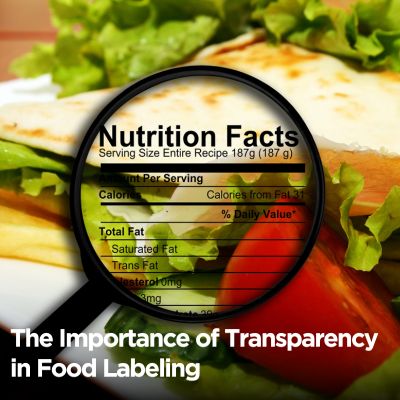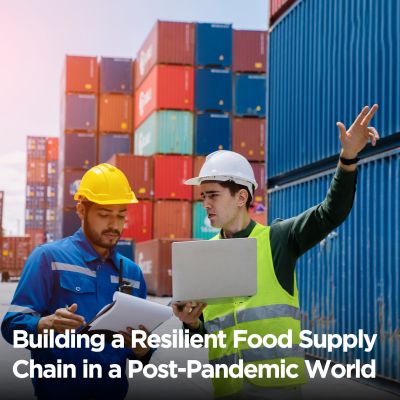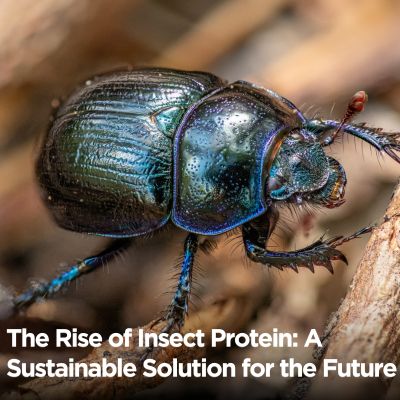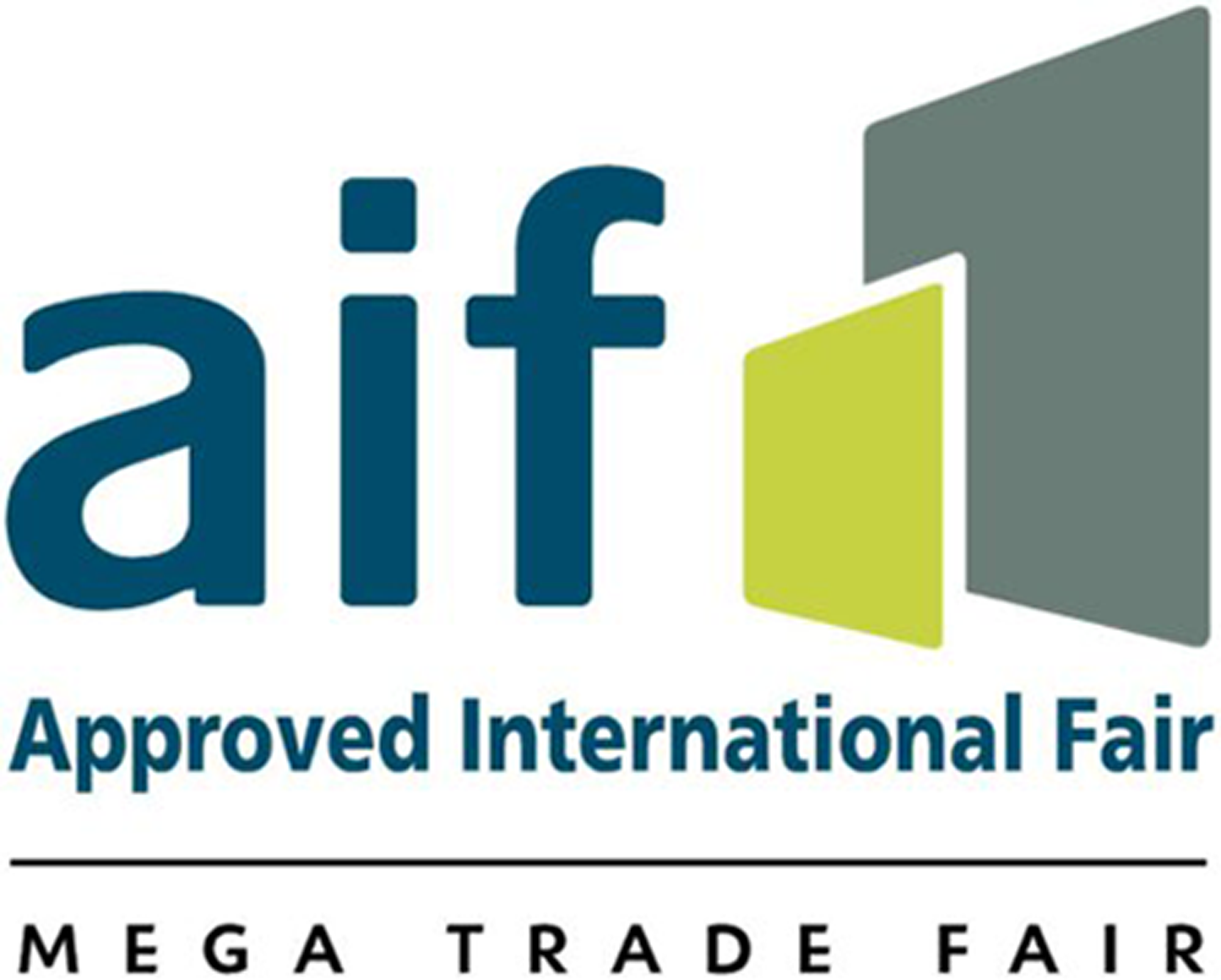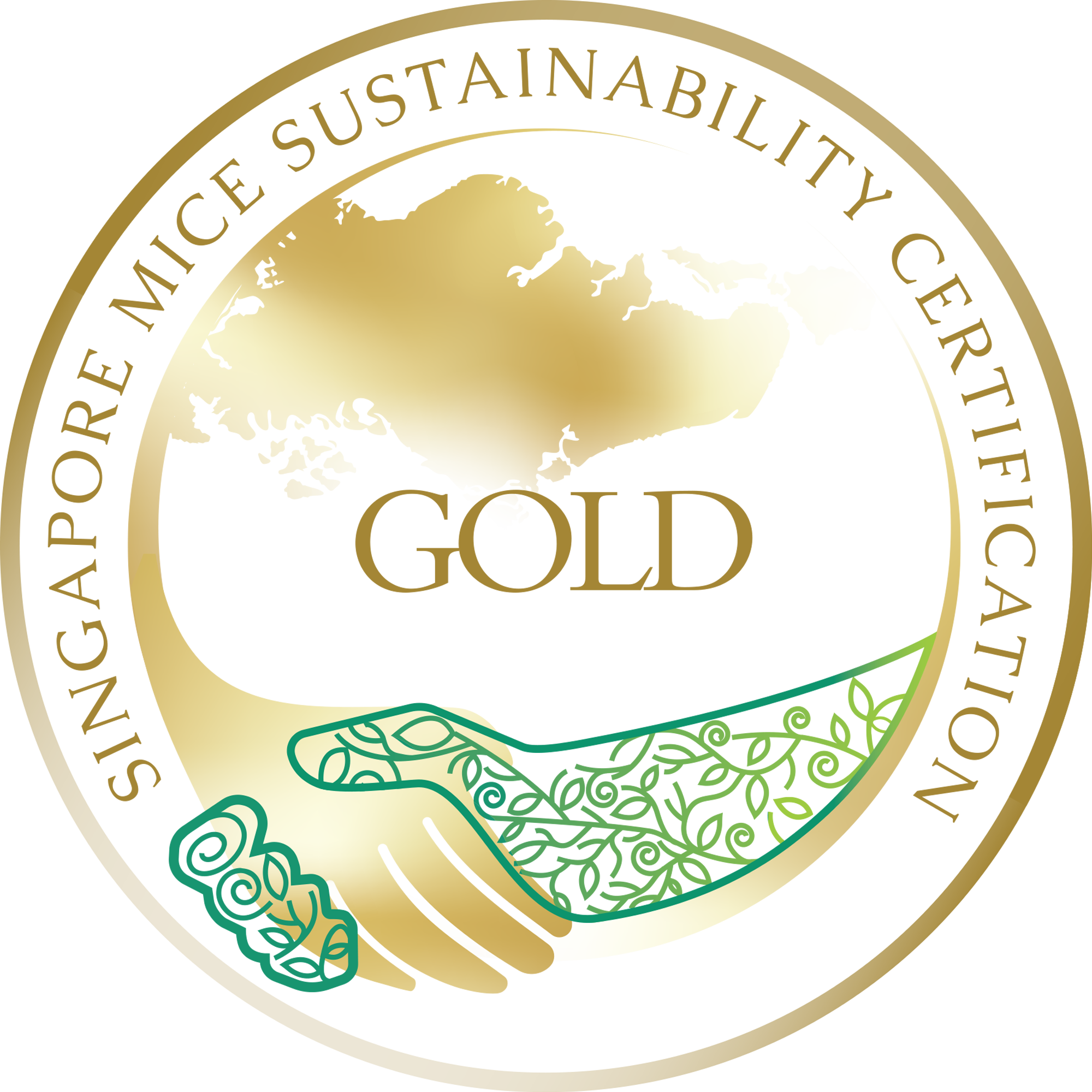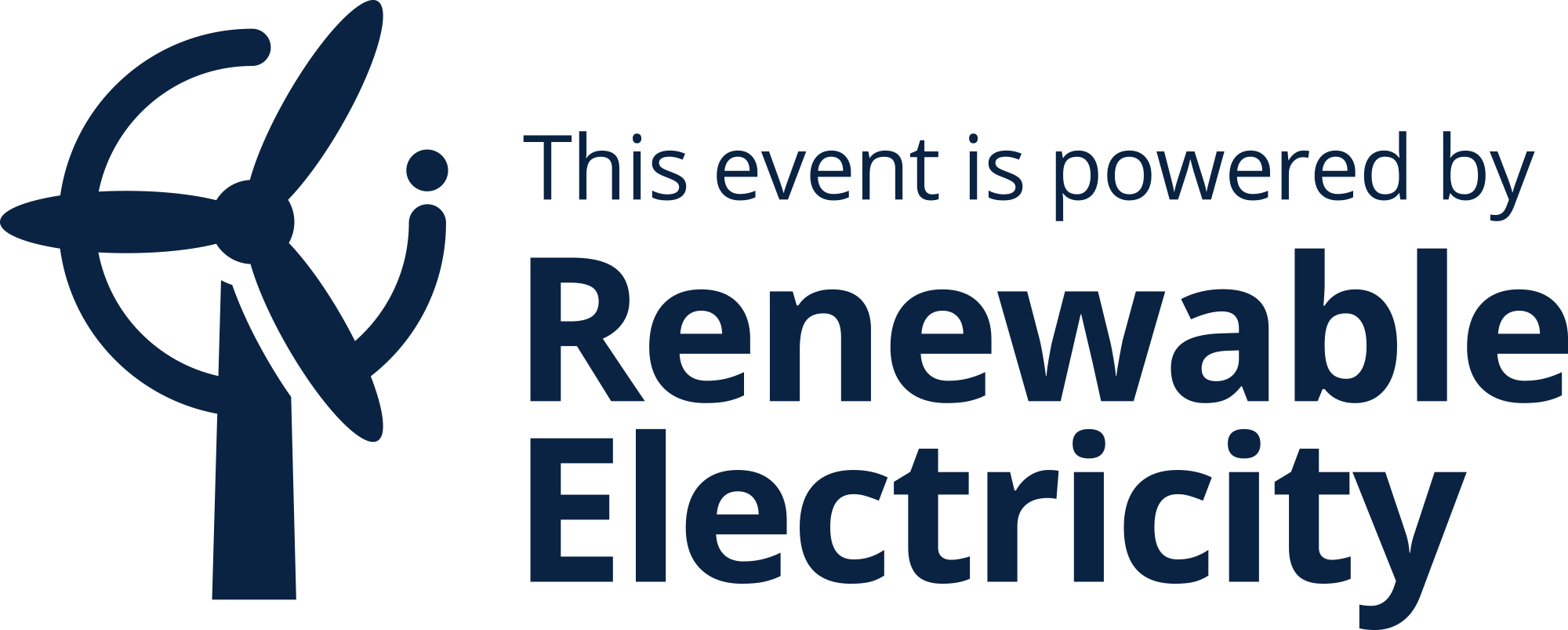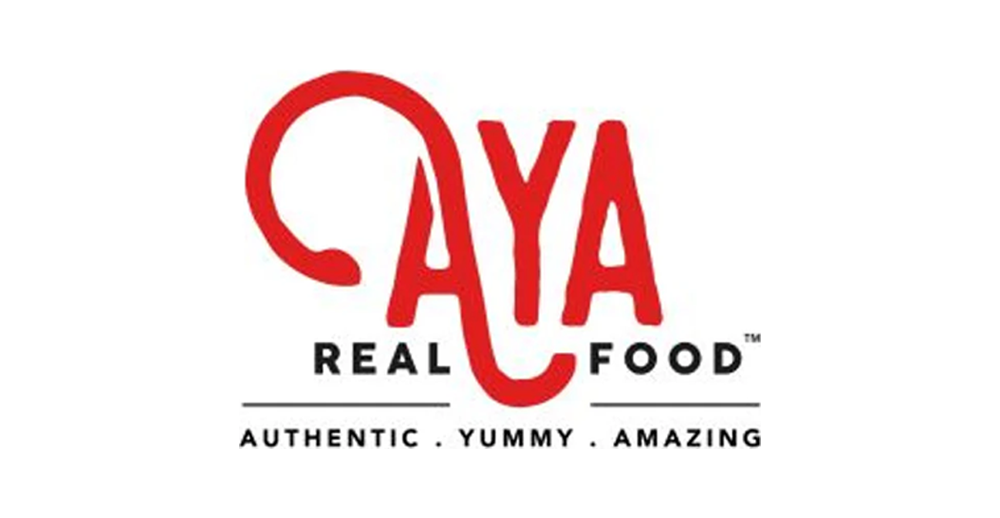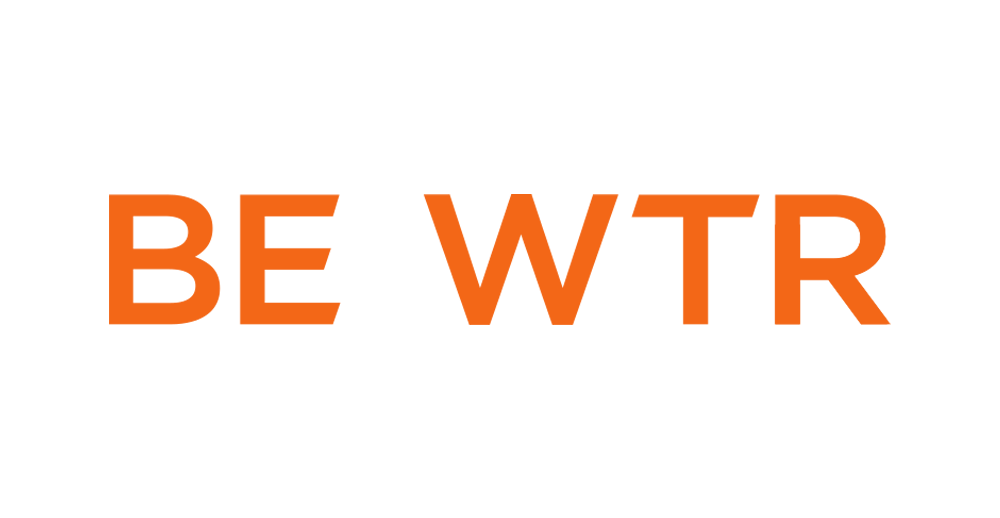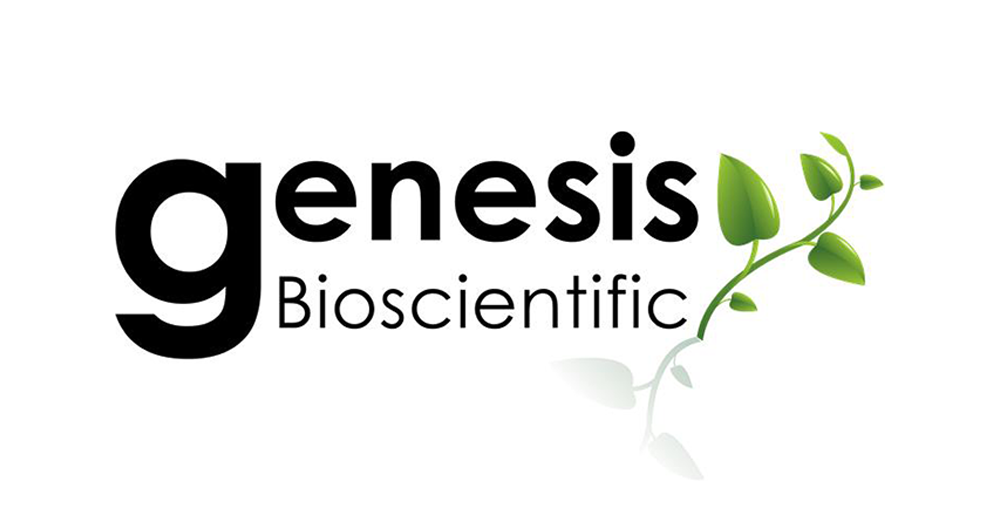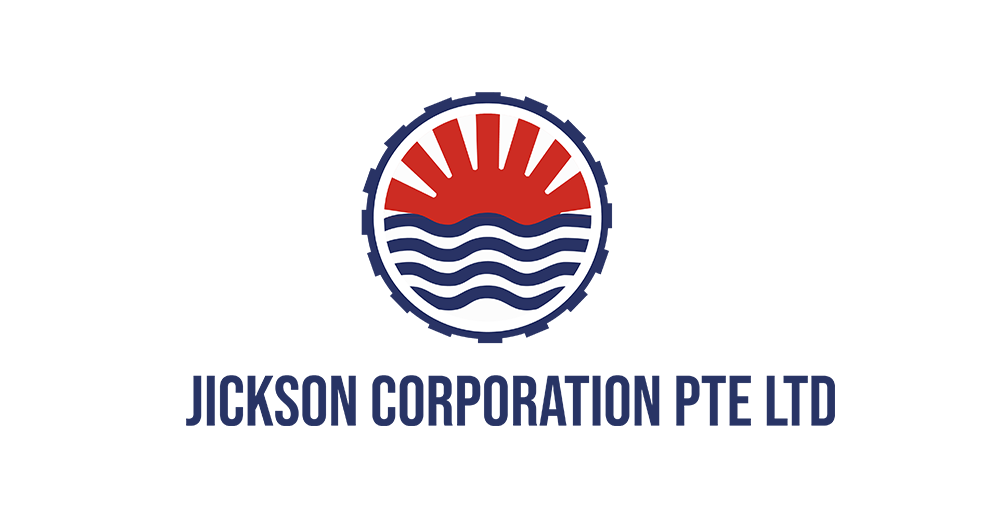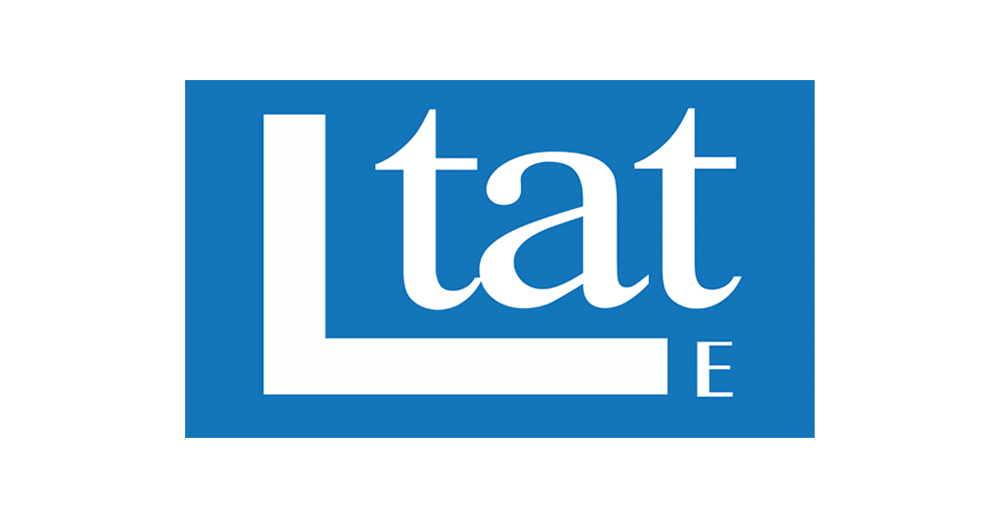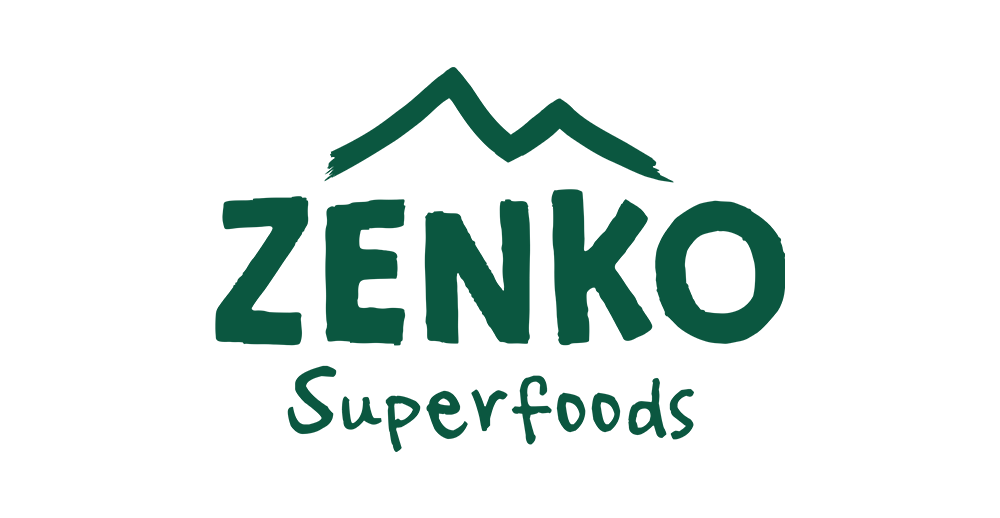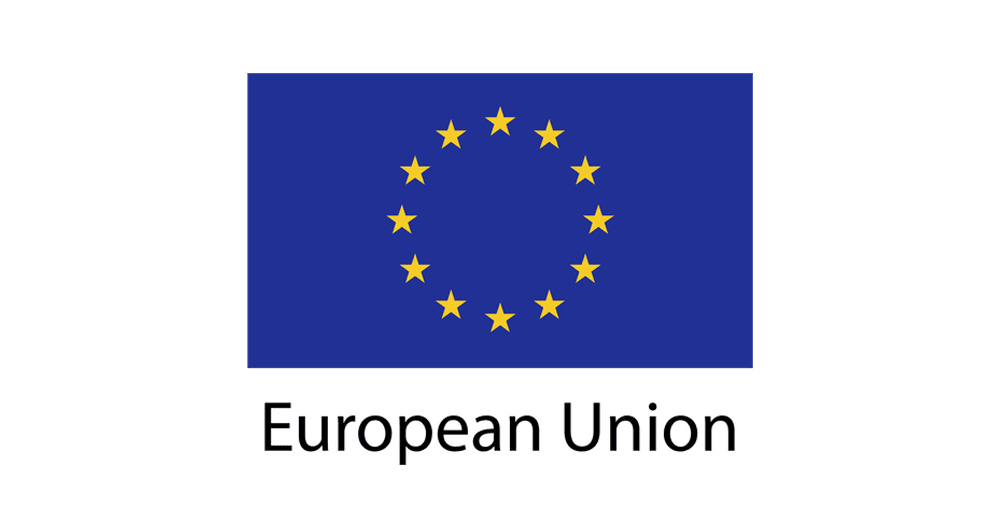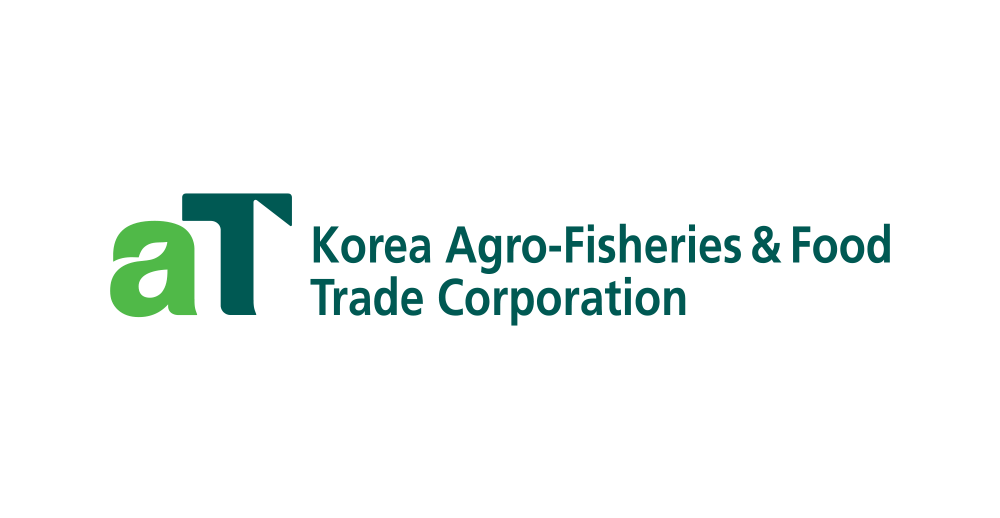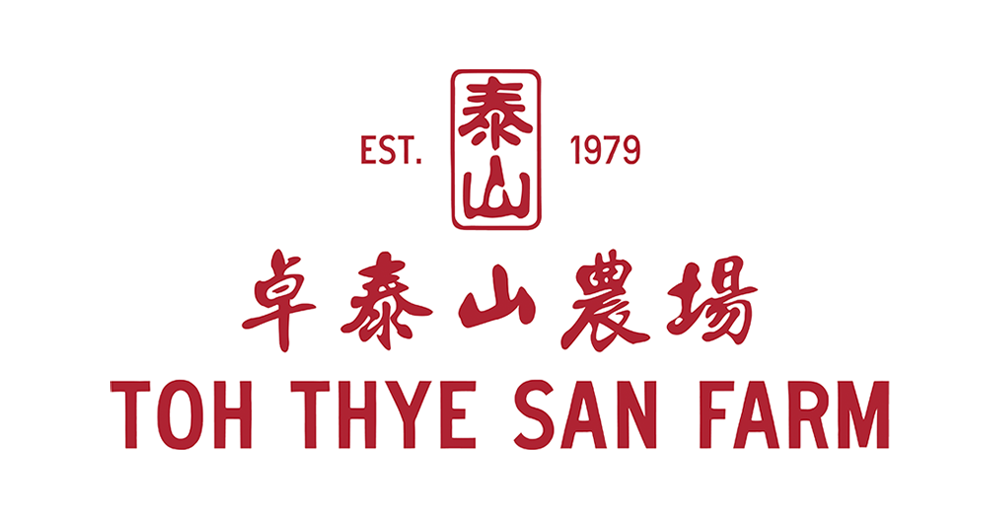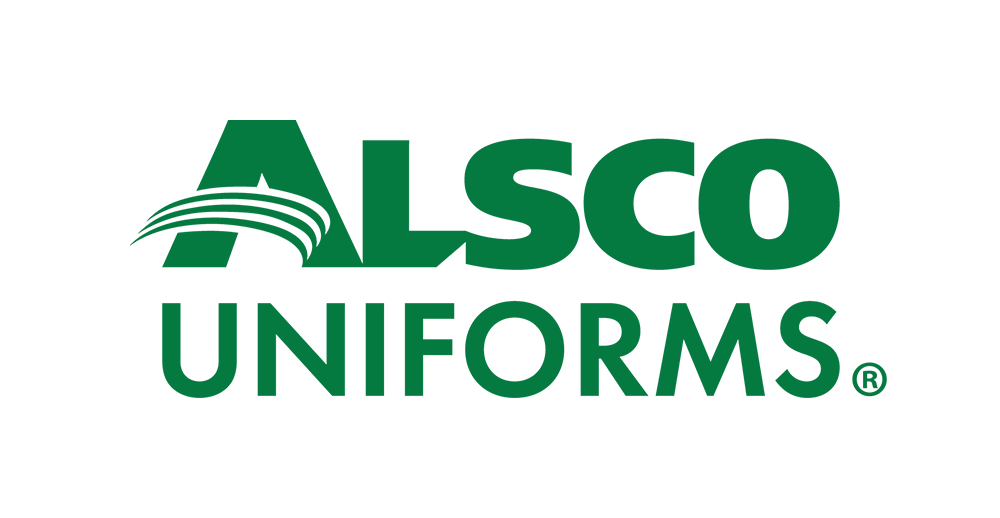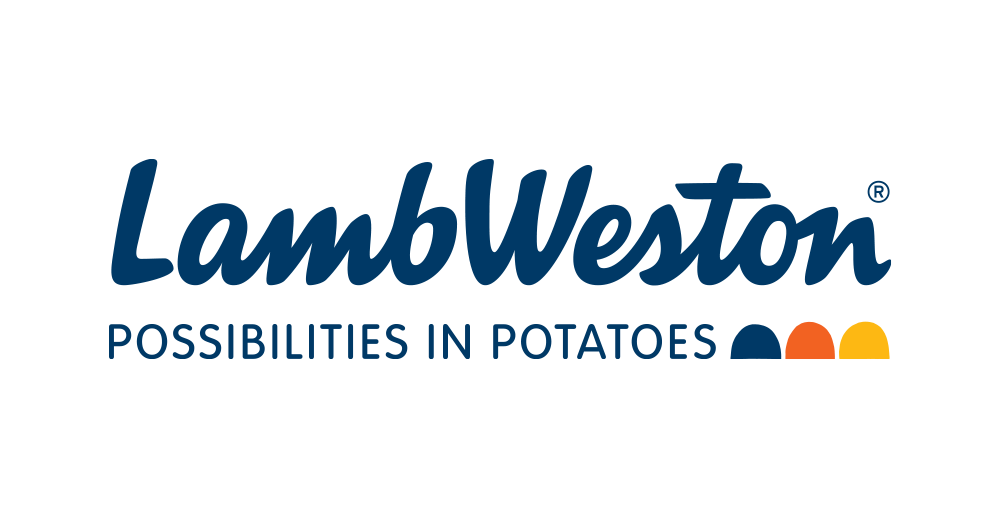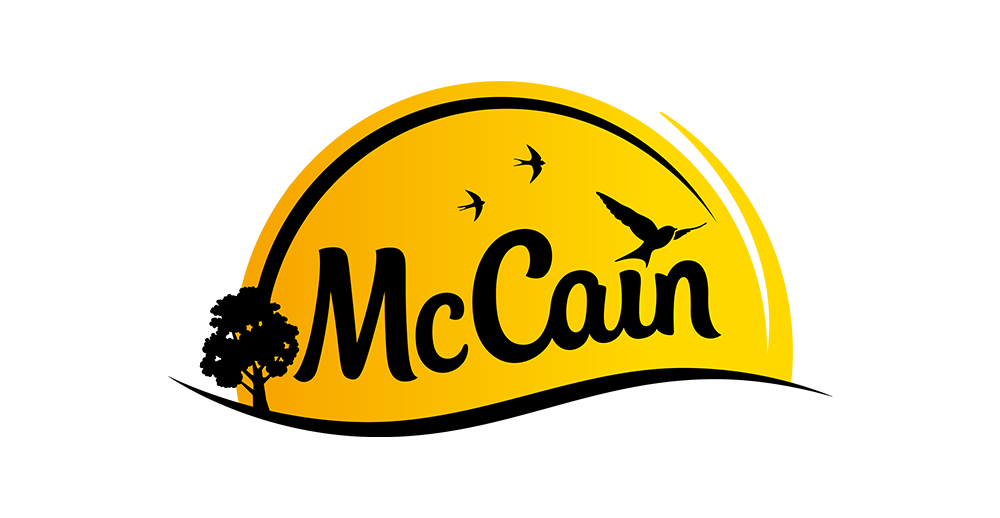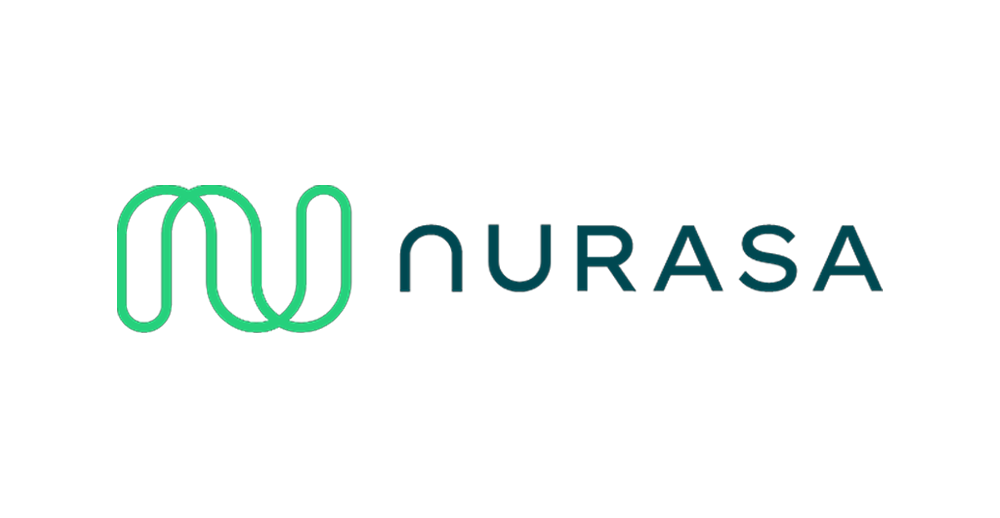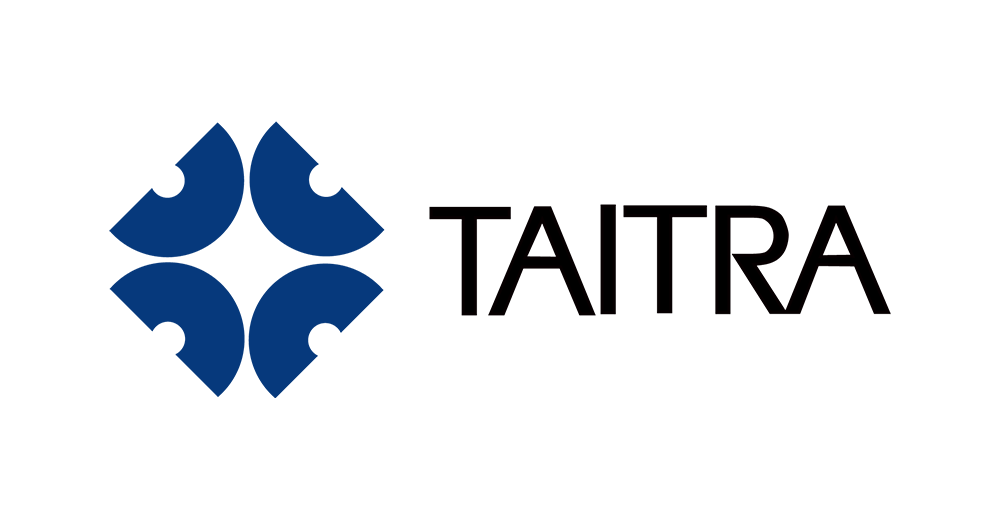The Consumer Packaged Goods (CPG) industry is a massive sector that includes everyday products such as food and beverages, personal care items, household essentials, and fast-moving consumer goods (FMCG).
These goods have a high turnover rate, making the industry one of the most competitive markets. To stay ahead, companies focus on innovation, branding, and efficient distribution to meet changing consumer needs.
The industry is undergoing major transformations as technology, sustainability, and shifting consumer preferences influence the market. Digital platforms and e-commerce have changed how brands engage with customers, with direct-to-consumer (DTC) models gaining popularity.
Sustainability is also a focus, leading companies to explore eco-friendly packaging and ethical sourcing. Meanwhile, consumer demand for healthier, organic, and ethically produced goods is changing product offerings, pushing brands to adapt and innovate continuously.
Understanding the Consumer Packaged Goods (CPG) Industry

Consumer Packaged Goods (CPG) are everyday products that people buy frequently, such as food, beverages, personal care items, and household essentials. These goods are usually mass-produced, branded, and packaged for convenient use.
Unlike durable goods like furniture or appliances, which last for years, CPG products have a shorter shelf life and require regular repurchasing.
Because of this, the consumer packaged goods industry is highly competitive, with companies constantly innovating to meet changing consumer preferences.
Key Sectors in the CPG Industry
The CPG industry includes various main sectors, each influencing the global economy. CPG companies focus on adapting to new consumer trends, technological advancements, and sustainability efforts to remain competitive.
- Food & Beverage—The largest segment includes packaged foods, snacks, frozen meals, and beverages like bottled water, coffee, and alcoholic drinks. The growing demand for organic, plant-based, and functional foods has led to more innovation and a stronger emphasis on sustainable packaging and transparency.
- Personal Care & Cosmetics – Includes skincare, hygiene products, makeup, and hair care. Consumers are prioritizing clean, cruelty-free, and eco-friendly beauty products, leading brands to adopt sustainable sourcing. The rise of e-commerce and social media has also changed how consumers shop for personal care items.
- Household Goods – Covers cleaning supplies, detergents, dishwashing liquids, and paper goods like tissues and napkins. There is a growing demand for eco-friendly, chemical-free cleaning products and biodegradable packaging. Smart home innovations are also influencing product development.
- Health & Wellness – This sector includes vitamins, dietary supplements, and wellness-focused products. Consumers are showing increasing interest in functional foods, immunity-boosting supplements, and personalized nutrition customized to specific health needs.
Market Size & Growth Potential
The CPG industry is growing fast, thanks to new ideas, more online shopping, and changing customer habits. The global consumer packaged goods (CPG) market was valued at approximately $2 trillion in 2023 and is expected to grow at a CAGR of 4–6% through 2028.
North America remains a big player, with the US CPG industry generating over $900 billion in sales annually. The US and Canada lead in innovation, especially in plant-based, organic, and functional food products.
The Asia-Pacific region, especially China and India, is becoming a huge market due to its large population and rising disposable income.
The Consumer Goods market in India is projected to reach $53.6 billion in 2025, with an expected compound annual growth rate (CAGR) of 3.45% from 2025 to 2029.
In Europe, growth is steady, with a stronger focus on sustainability and eco-friendly packaging. More than 70% of European consumers now prefer products with sustainable packaging, influencing brands to choose greener alternatives.
To stay competitive, CPG companies are investing in technology, launching innovative products, and prioritizing sustainability. Brands that keep up with these changes are the ones most likely to succeed.
Key Challenges in the CPG Industry
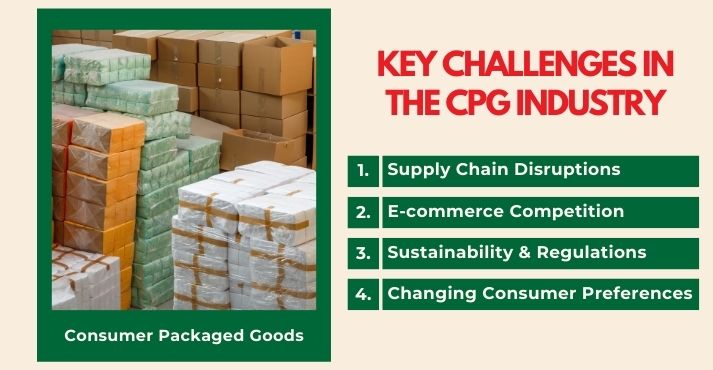
The Consumer Packaged Goods (CPG) industry is facing growing challenges, as consumer preferences change, economic pressures rise, and regulations become stricter. Supply chain disruptions, e-commerce growth, and sustainability demands are forcing companies to adapt.
Supply Chain Disruptions
Global supply chain instability continues to impact the CPG sector, with rising logistics costs, raw material shortages, and geopolitical factors leading to delays and increased production expenses.
Companies are investing in resilient supply chain strategies, local sourcing, and digital tools to address these challenges and improve efficiency.
E-commerce Competition
The rapid growth of e-commerce is reshaping how consumers shop, creating pressure on traditional retail distribution channels.
Direct-to-consumer (DTC) brands and online marketplaces are expanding, forcing legacy companies to strengthen their digital presence and opt for omnichannel strategies to stay competitive.
Sustainability & Regulations
Stricter regulations and growing consumer demand for sustainability are leading to major changes in the industry. Governments are introducing new packaging laws, waste reduction policies, and ethical sourcing standards.
In response, CPG companies are focusing on eco-friendly packaging, reducing carbon footprints, and sourcing ingredients responsibly.
Changing Consumer Preferences
Consumer preferences are shifting toward healthier, sustainable, and digitally accessible products.
Shoppers are prioritizing organic, plant-based, and functional goods, along with transparency and ethical practices. Brands that fail to adapt risk losing market share to more agile competitors.
Latest Trends in the CPG Industry in 2025

The CPG industry is always changing as companies work to keep up with changing consumer needs, new regulations, and the latest tech innovations.
To stay competitive, businesses are focusing on improving efficiency, making sustainability a priority, and meeting the growing demand for digital convenience.
1. Digital Transformation in CPG
More companies are focusing on selling directly to customers (DTC) instead of relying on traditional stores.
Online shopping is becoming the primary way people buy products, and businesses are using subscription models and personalized recommendations to build stronger customer relationships.
AI is now a significant part of the consumer goods industry, with 71% of companies using it for at least one business function. Businesses use AI to make better decisions and improve efficiency.
Moreover, AI-powered marketing helps brands understand customers’ wants, adjust prices, and keep them engaged.
For example, Unilever analyzes customer data with AI to predict demand, which helps them manage inventory and cut waste. Coca-Cola uses AI to create personalized product recommendations, improving customer engagement and boosting sales.
Additionally, automation is making food supply chains run more smoothly by speeding up deliveries and reducing waste. Smart packaging, like QR codes and NFC tags, gives customers instant access to product details, including where ingredients come from.
Heinz and Nestlé use QR codes to provide transparency about sourcing and sustainability.
Blockchain technology is also making supply chains more trustworthy. For instance, Nestlé allows customers to track ingredients from the farm to the final product, ensuring ethical sourcing and authenticity.
2. Sustainability & Eco-Friendly Packaging
More consumers are demanding biodegradable and recyclable packaging, leading brands to opt for eco-friendly solutions.
Advances in food packaging technology are enabling companies to switch to reusable packaging, plant-based materials, and compostable alternatives, helping to reduce plastic waste.
Additionally, products that don’t require water, like certain personal care and cleaning items, are also becoming more popular since they reduce packaging needs and lower carbon emissions from shipping.
The demand for sustainable packaging is growing rapidly. The market is expected to increase from USD 294.30 billion in 2024 to USD 557.65 billion by 2034, with an annual growth rate of 6.6%.
This rise shows how both consumers and regulations are leading companies to choose greener packaging solutions.
Governments are enforcing stricter rules on single-use plastics and carbon emissions, forcing companies to rethink how they manufacture and source materials.
Businesses are responding by using energy-efficient production methods and investing in carbon offset programs to reduce their environmental impact.
For example, Hotpack Global, a Dubai-based packaging company, is investing AED 350 million in Malaysia to build a biodegradable packaging plant.
This facility will help meet the rising demand for sustainable packaging across Southeast Asia, especially in the food and beverage industry.
Moreover, sustainability in packaging is no longer just a trend. It has become a business necessity. Consumers are actively choosing brands that show a real commitment to reducing environmental harm, making eco-friendly practices an important factor in long-term success.
3. Rise of Health & Wellness-Oriented Products
Health and wellness have become top priorities, influencing the consumer goods industry and increasing demand for organic, plant-based, and functional foods.
People are prioritizing the rise to healthy indulgence, seeking food options that not only taste good but also support digestion, strengthen the immune system, and provide long-lasting energy.
Plant-based alternatives have become mainstream as consumers seek healthier and environmentally friendly choices.
Around 15% of meat buyers purchase both traditional meat and plant-based alternatives, showing that even meat eaters are exploring more sustainable and health-conscious options, including in Southeast Asia.
Companies like Beyond Meat are expanding their selection of plant-based meats, creating products that mimic the taste and texture of real meat.
Functional foods are also on the rise. For example, Yogood’s probiotic granola in Malaysia promotes gut health and digestion.
Meanwhile, consumers are becoming more ingredient-conscious, leading to a growing demand for low-sugar, gluten-free, and non-GMO products.
Brands like Love Earth in Malaysia cater to this change by offering organic, non-GMO snacks such as baked nuts and granola, appealing to those with food sensitivities or a preference for natural, clean-label products.
As the consumer product market expands, brands continue to develop innovative, health-focused options to meet the needs of increasingly wellness-conscious consumers.
4. Personalization & Customization in CPG
Consumers want products that match their specific needs, leading to a rise in personalized and made-to-order options. Companies are using technology and customer data to offer customized solutions, from skincare to food.
This trend is changing the consumer goods industry, as 80% of shoppers are more likely to buy from brands that provide personalized experiences.
Subscription services are becoming more common, especially in beauty and nutrition. For example, Curology creates personalized skincare products based on an individual’s skin concerns, while HelloFresh allows customers to pick meal kits that fit their diets, such as vegetarian, keto, or high-protein options.
Customization is also expanding into on-demand products. The function of Beauty lets customers design hair care products customized to their hair type and preferred scent.
As more people look for products that fit their lifestyles instead of one-size-fits-all solutions, brands are focusing on personalization to build loyalty and create stronger customer connections.
5. Omnichannel Retail & DTC Growth
Shoppers now expect a seamless experience across online, in-store, and social media platforms. To meet this demand, brands are integrating their digital and physical storefronts, making shopping more convenient and flexible.
Many retailers offer buy-online, pick-up-in-store (BOPIS) options, while direct-to-consumer (DTC) brands simplify shopping by cutting out middlemen and providing a more personalized experience.
Retailers that successfully integrate multiple shopping channels have seen sales increase by up to 30%, highlighting the impact of a well-connected approach.
Social commerce is also transforming retail. Platforms like TikTok Shop and Instagram Shops make it easy for consumers to discover and purchase products directly through social media.
In Southeast Asia, live-stream shopping is booming, with influencers showcasing products in real time while viewers buy instantly. Companies like JD.ID in Indonesia and Lazada in Thailand use live-streaming to boost customer engagement and drive sales.
As digital-first shopping habits continue to expand, businesses are strengthening their omnichannel strategies with AI-powered recommendations, instant checkout options, and interactive social selling.
The future of retail revolves around creating a smooth and flexible shopping journey that aligns with how and where customers prefer to shop.
Future Outlook for the CPG Industry
The consumer packaged goods (CPG) industry is set to grow steadily in 2025 and beyond as companies respond to changing consumer preferences, technological advancements, and increasing sustainability efforts.
The Consumer Goods market is projected to reach a value of $4.5 trillion this year, with demand increasing for personalized, health-conscious, and eco-friendly products.
Rapidly expanding economies in Southeast Asia and Latin America will be essential to this growth as middle-class populations in these regions continue to rise.
Innovation will continue to reshape the industry. AI and data analytics will enable brands to develop highly personalized products while companies invest in automation and blockchain technology to improve supply chain efficiency and transparency.
Sustainability remains a priority, with businesses transitioning to carbon-neutral production, biodegradable packaging, and waste reduction initiatives to meet consumer expectations.
At the same time, direct-to-consumer (DTC) models and omnichannel retailing will change how brands connect with customers.
Seamless shopping experiences across online and offline channels will become important, with businesses using AI-driven recommendations and live-stream shopping to enhance customer engagement.
As the industry changes, brands that focus on innovation, adaptability, and sustainability will be better positioned for long-term success in a competitive market.
Conclusion
The consumer packaged goods (CPG) industry is changing as shoppers seek more personalized, health-conscious, and environmentally friendly products.
The growth of digital shopping is encouraging brands to implement direct-to-consumer models and omnichannel strategies, ensuring greater convenience and stronger customer engagement.
At the same time, companies are using new technologies to improve supply chains, making them more efficient and transparent.
Sustainability is now a major focus, with brands prioritizing eco-friendly packaging, carbon-neutral production, and waste reduction to meet consumer expectations.
As competition grows, businesses that focus on innovation, adaptability, and sustainable practices will be better positioned for long-term success.
The future of the CPG industry will depend on those who can effectively respond to changing consumer needs while delivering consistent, high-quality experiences across all shopping channels.

